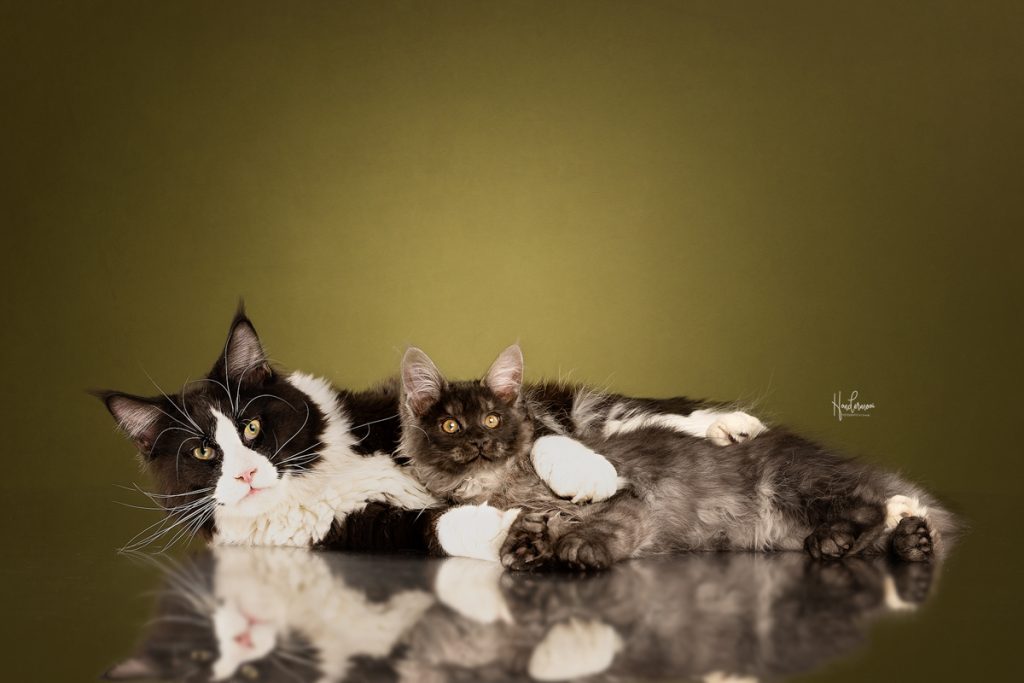In this article I will tell you more about surfaces in the studio I use in my images for a creative effect.
Every week, I receive questions on Instagram about how I achieve the mirror effects in my studio photos. Apparently, it fascinates many people! Therefore, it became high time to write this blog about surfaces in the studio.
First and foremost, I want to emphasize that the well-being of the dog should always come first! A dog needs to feel safe and comfortable during the photoshoot to put his best paw forward.
So, keep in mind that in some cases, placing the dog on a smooth surface may not be a good idea. Older dogs, dogs with arthritis, or hip problems benefit more from a firmer, more rough surface. Therefore, always inquire about the age of the dog when preparing for your shoot and consider what your model can handle!
Let me list my different surfaces and their advantages and disadvantages for you:
SOFT SURFACE
This will undoubtedly be the preference of most dogs. Who doesn’t like to be a photo model in a comfortable chair? Cats also love the comfort of a soft seat.
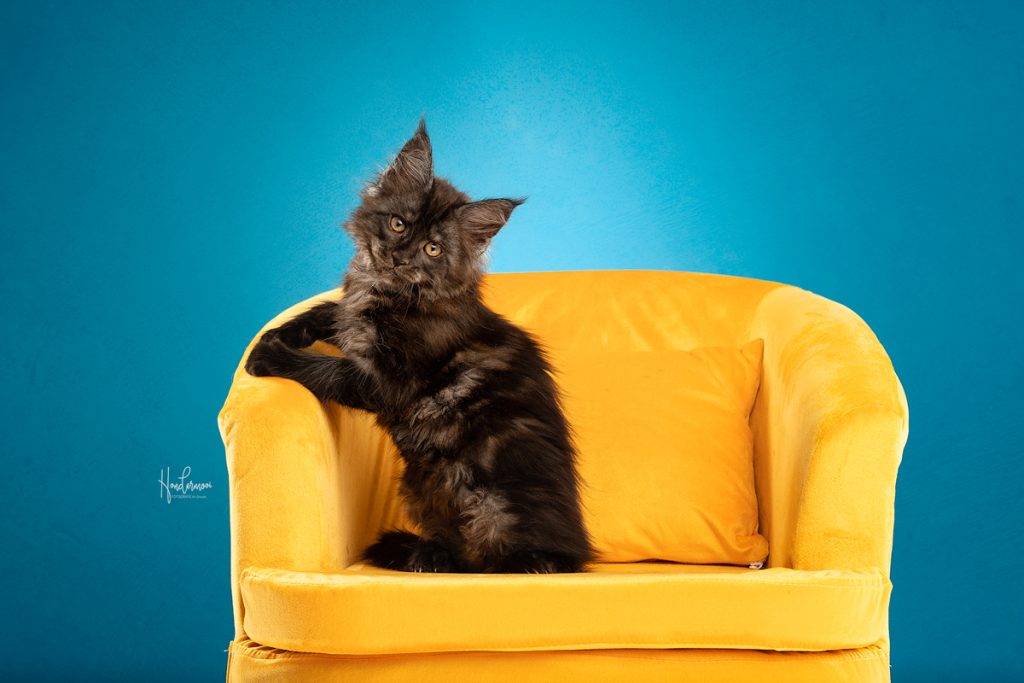
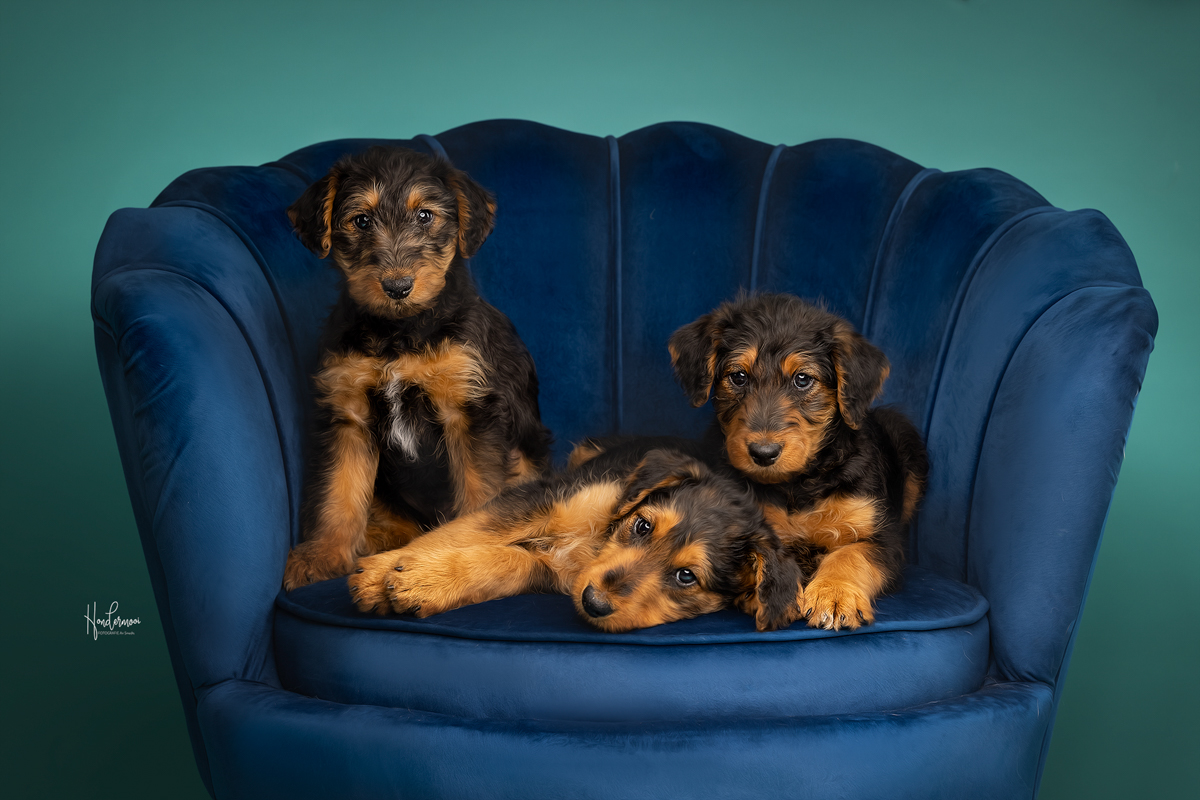
Advantage:
- Your model won’t complain
Disadvantages:
- Takes up a lot of space
- A whole shoot in a chair is not very varied
- You need different chairs for different sizes of dogs
- Some dogs are not allowed on the couch at home and may look surprised when you suddenly ask them to sit there during the shoot!
PAPER SURFACE or VINYL
If you notice that your model is somewhat fearful and insecure, avoid using a smooth surface and start with paper or vinyl.
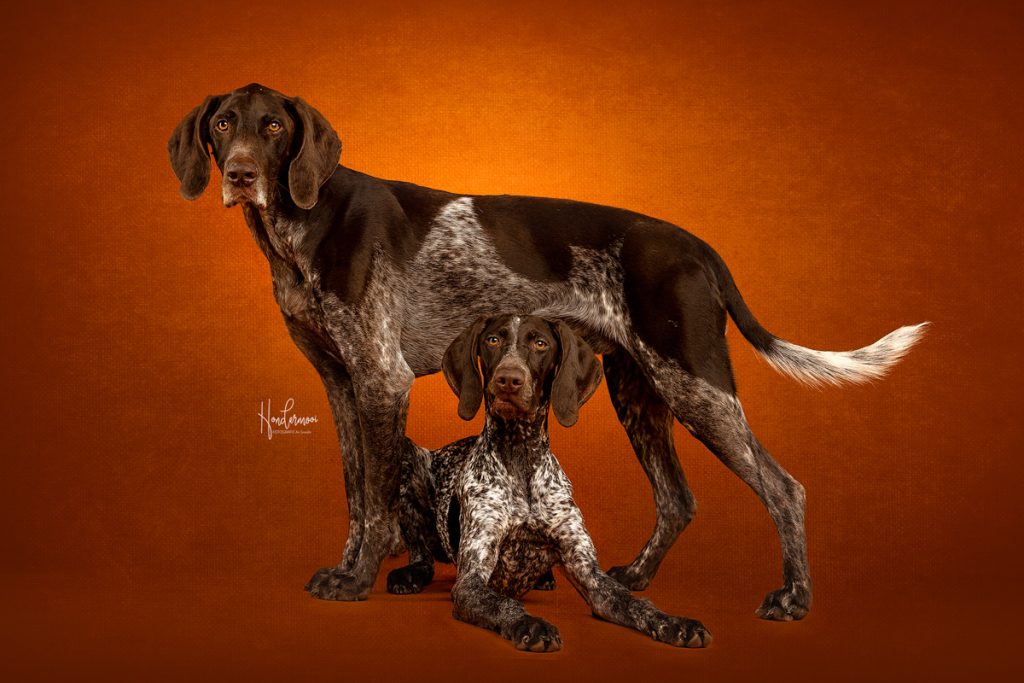
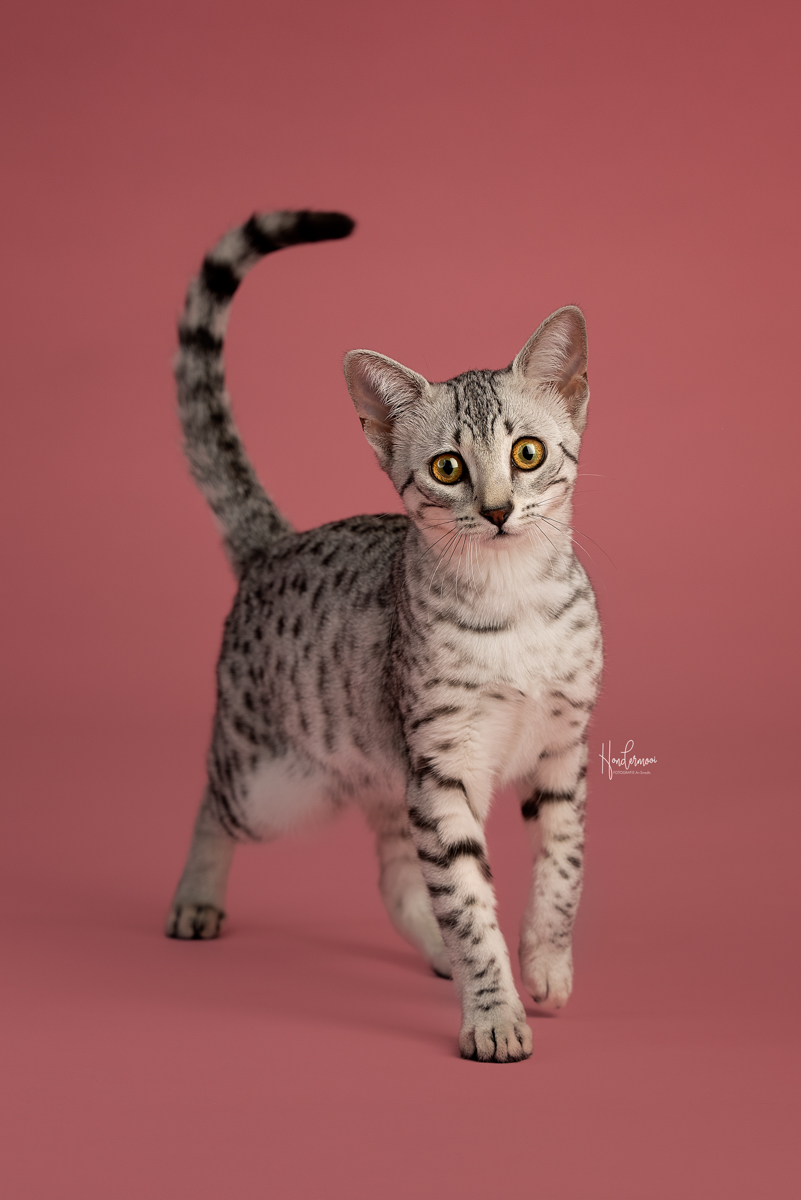
Advantages:
- Many fun colors to choose from
- Comfortable for most pets
- Vinyl is washable and can be reused
Disadvantages:
- Paper is not reusable; it gets dirty after a while and needs replacement
- Vinyl requires some elbow grease after the shoot to get your surface clean again
TRANSPARENT PLEXI
A transparent plexi provides a beautiful subtle reflection of your model.
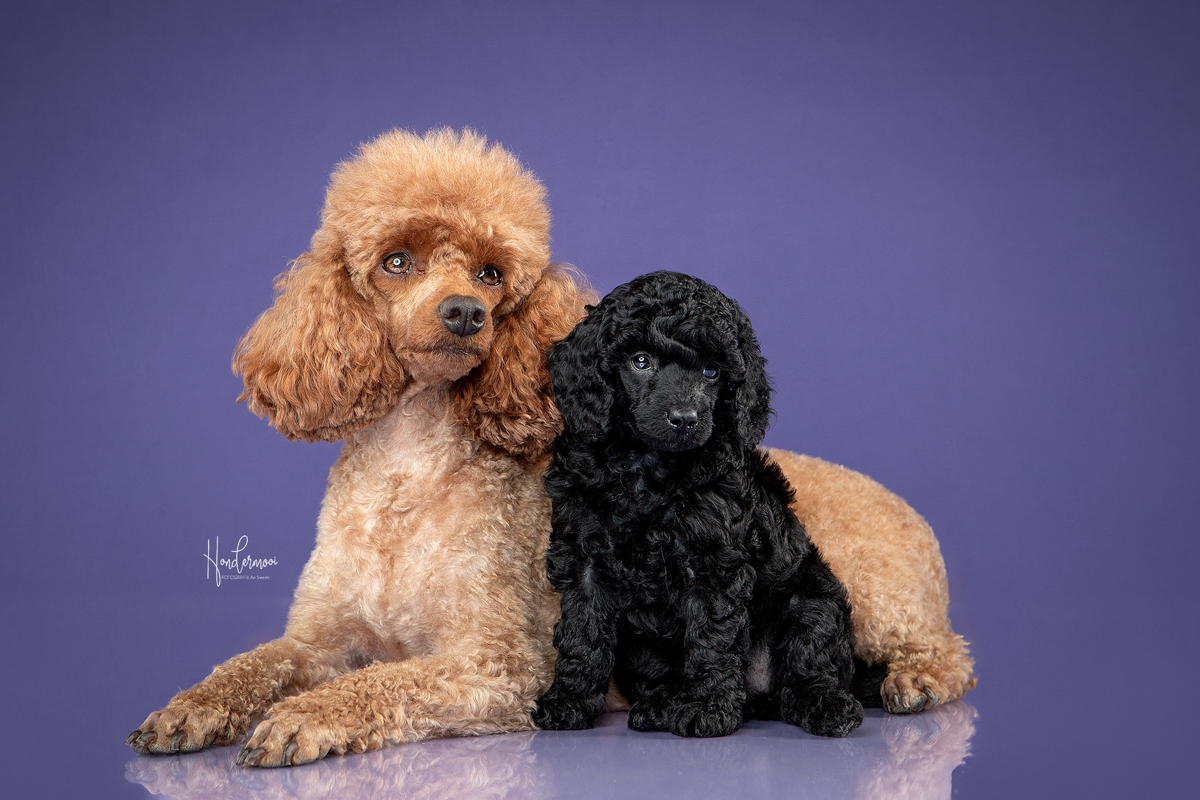
Advantages:
- Beautiful subtle reflection
- Your paper stays protected and clean, making it last longer
- Less post-processing work compared to a mirror
- Compatible with various backgrounds
Disadvantages:
- Dogs may find a slippery surface intimidating
- Scratches and dirt need to be removed in post production
- Background paper must be completely unrolled to have the same color in your surface
- The plexi edge needs to be removed in post production
MIRROR
A plexi or acrylic mirror give a more detailed and full reflection of your model.
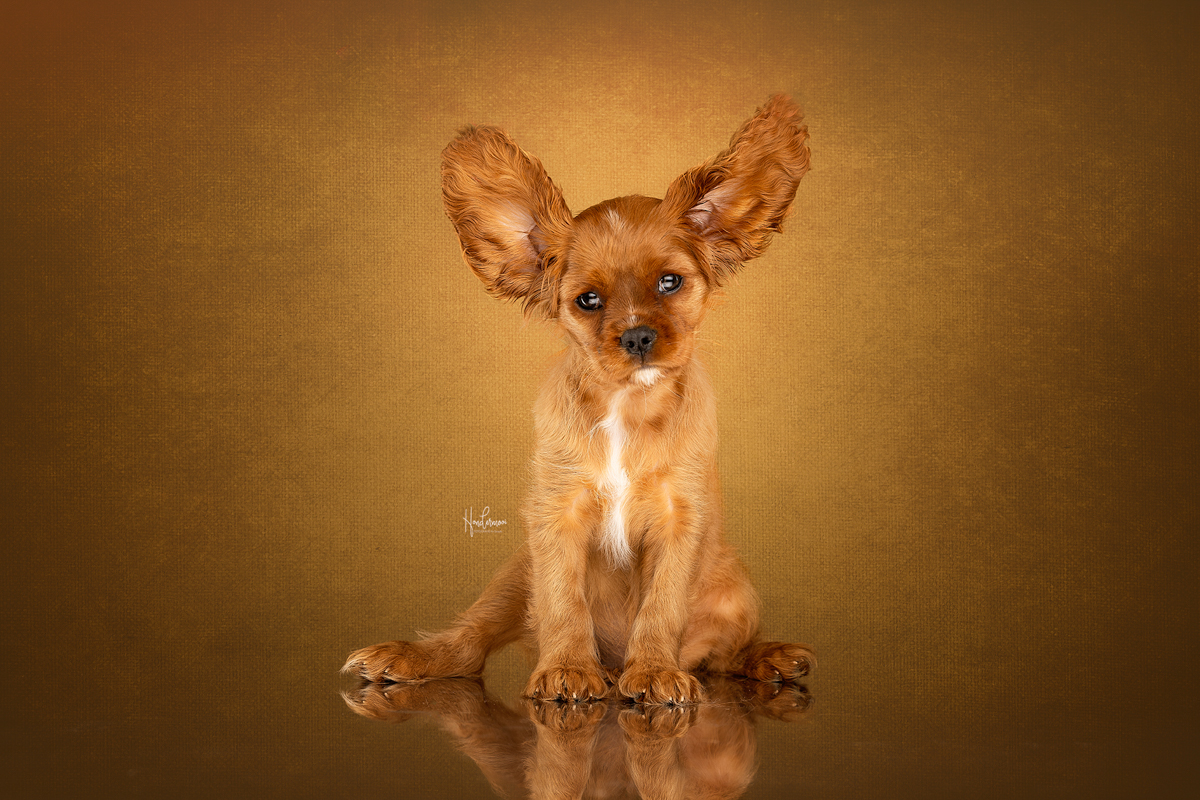
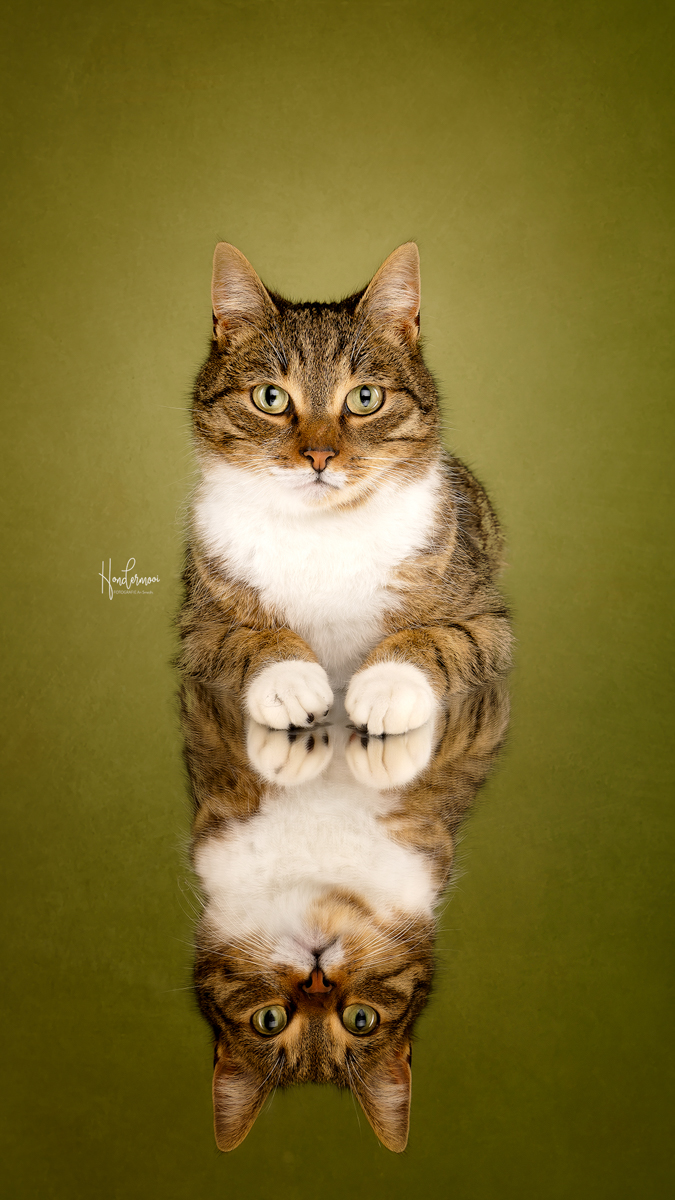
Advantages:
- Full and detailed reflection of your model
- Beautiful additional catchlight in the eyes
- You don’t need to unroll your background paper completely, allowing you to use your last meters effectiently
- Compatible with various background colors
- It’s fun to fully “double” your model for an artistic effect
Disadvantages:
- Dogs may find a slippery surface intimidating
- Some dogs may be fascinated by their own reflection and not look up anymore
- Scratches appear quickly, and every detail and speck are visible in the reflection, requiring a lot of post-processing
- The mirror edge needs to be removed in post-processing
WHITE PLEXI
A non-transparent white plexi plate also provides a beautiful subtle reflection.
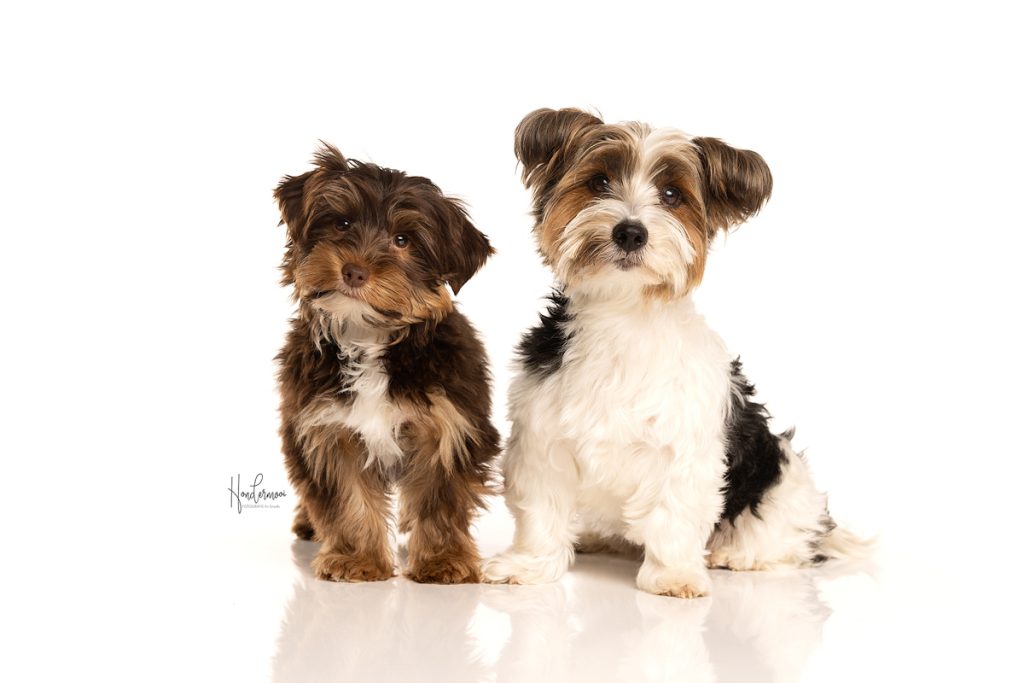
Advantages:
- Soft, subtle reflection
- Fewer visible scratches compared to a mirror or transparent plate
- Beautiful additional light reflection
Disadvantages:
- Dogs may find a smooth surface intimidating
- Only compatible with a white background
- The plexi edge needs to be removed in post-production
BLACK PLEXI
A black background is always stylish and classic, and many people find it very beautiful for their interior!
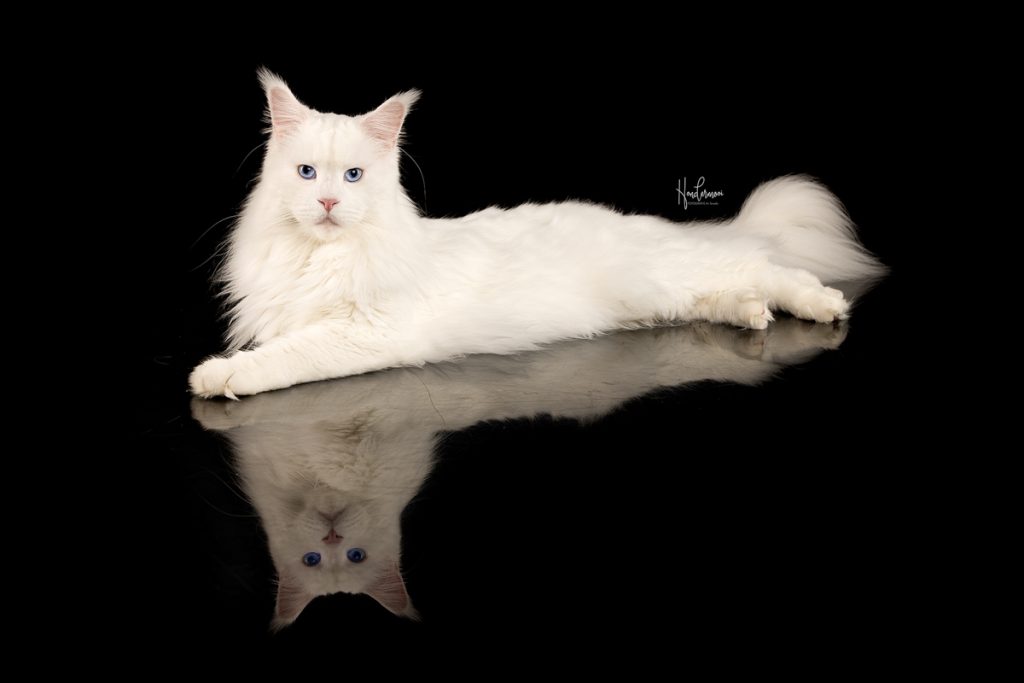
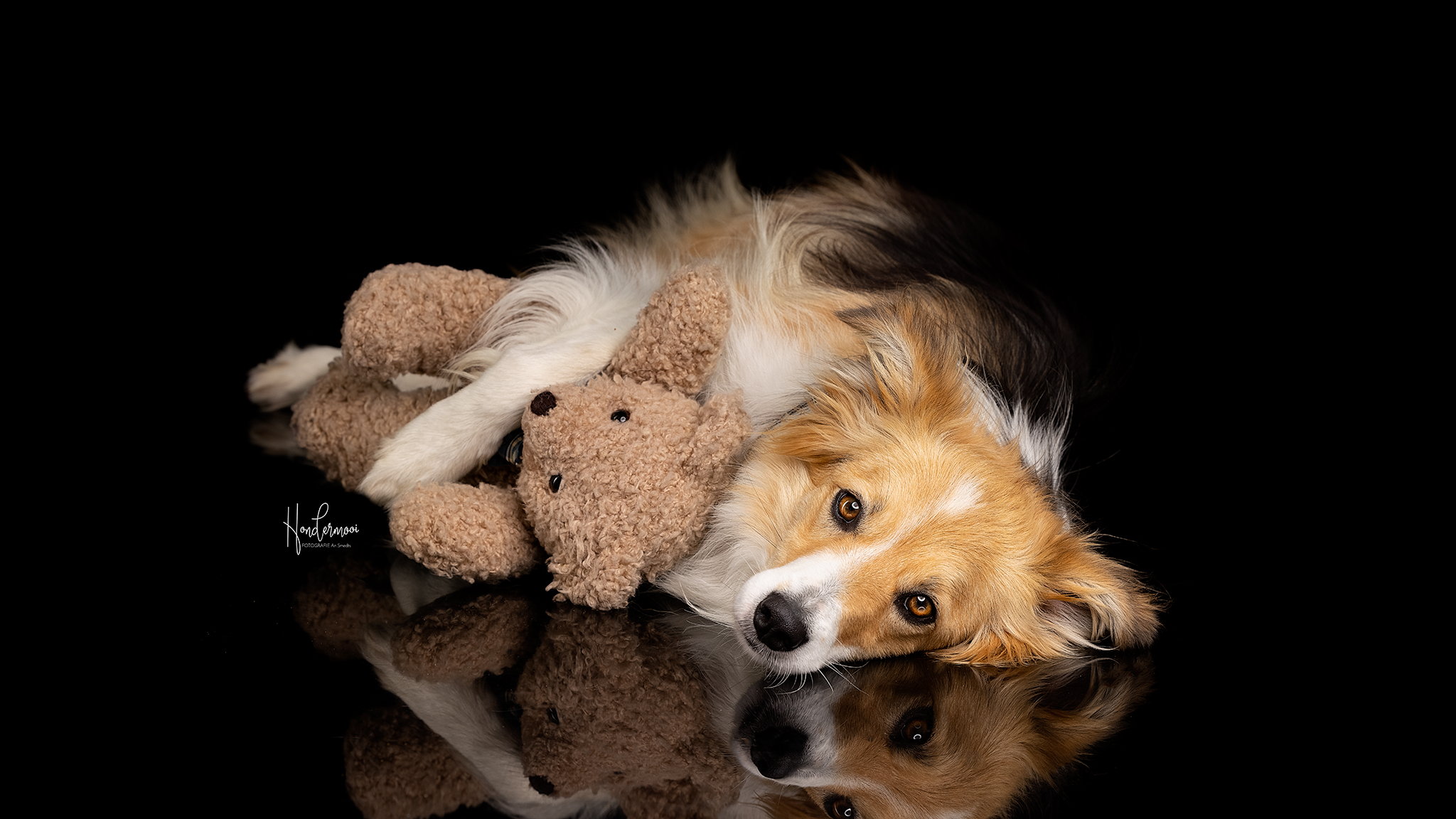
Advantages:
- Soft reflection
- With the right lighting technique, you don’t need to remove the edge in post-production
- It’s fun to fully “double” the dog or cat for an artistic effect
Disadvantages:
- Dogs may find a smooth surface intimidating
- Black dogs reflect less on black than lighter-colored dogs
- Scratches and dirt need to be removed in post-production
PROP ON MIRROR
Of course, you can also go for something in between and use a prop on one of your reflecting surfaces.
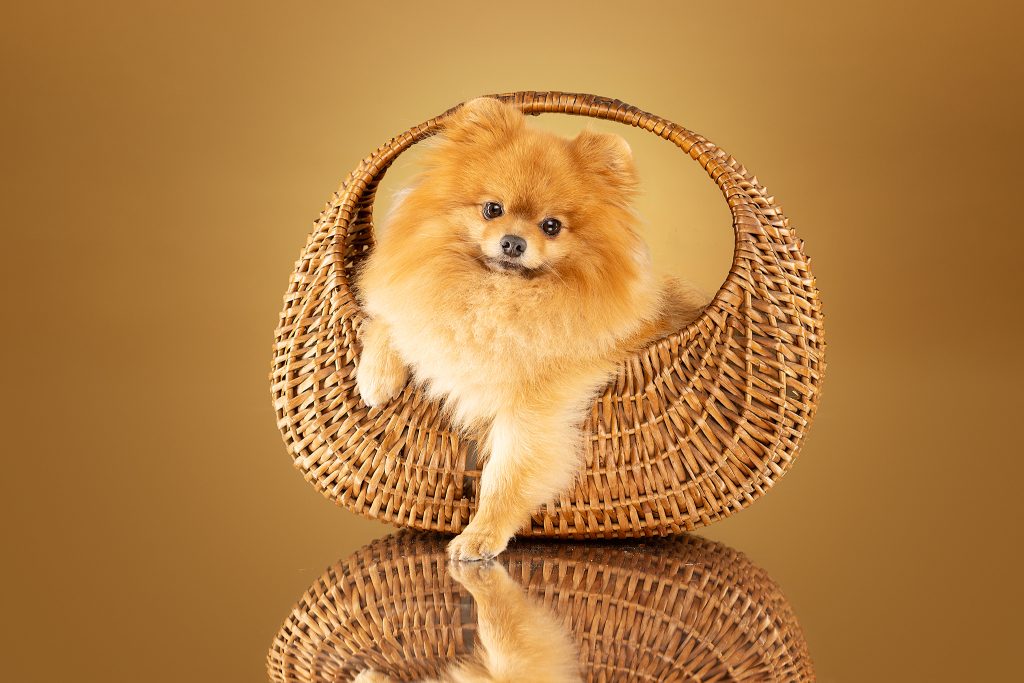
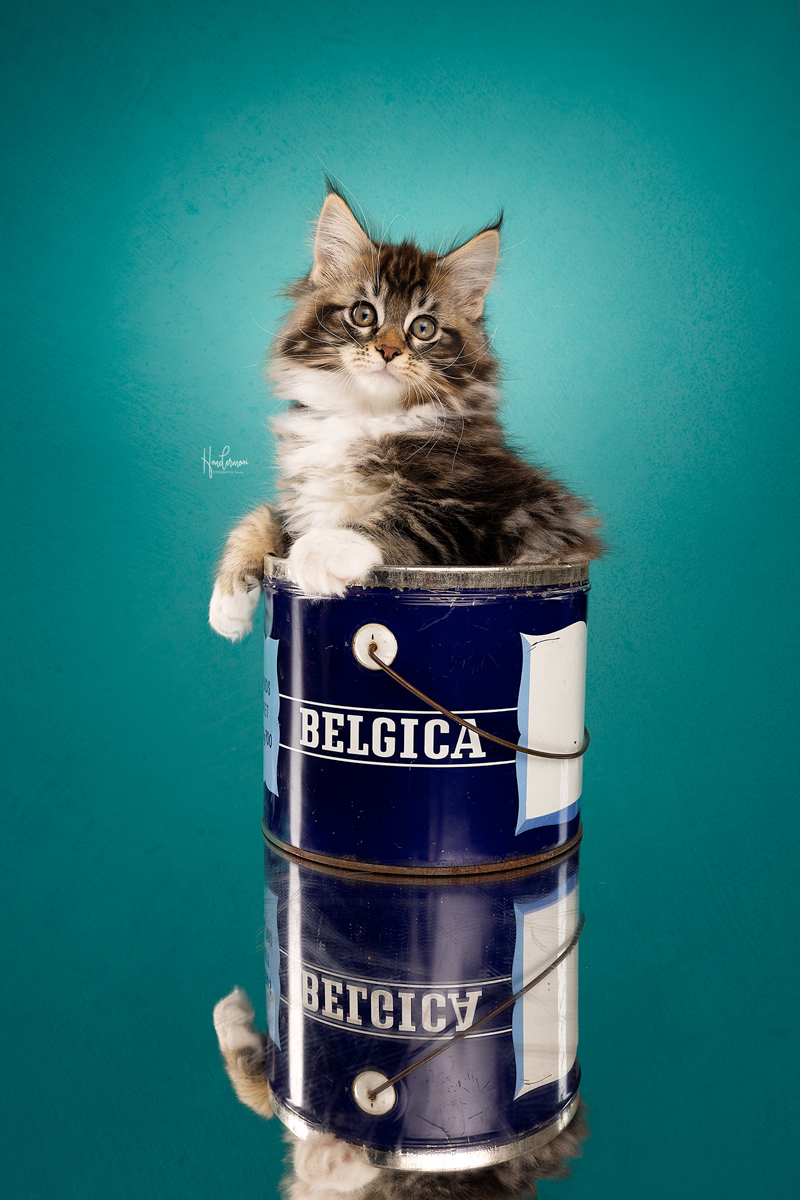
Advantage:
Your model doesn’t have to stand on the reflecting surface, and you still get a nice mirror effect.
Disadvantage:
- Limited variation possible
- The plate edge needs to be removed in post production
As you can see, the possibilities are endless to bring variety to your shoot and experiment with different surfaces and backgrounds.
As long as you prioritize the comfort of your model, any of the above settings will yield great results!
If you want to know more about the practical use of different surfaces and their combination with backgrounds such as paper, fabric, vinyl, etc., I’m happy to brainstorm with you during a studio photography workshop so that you can achieve this in your own studio or on location for your clients!
